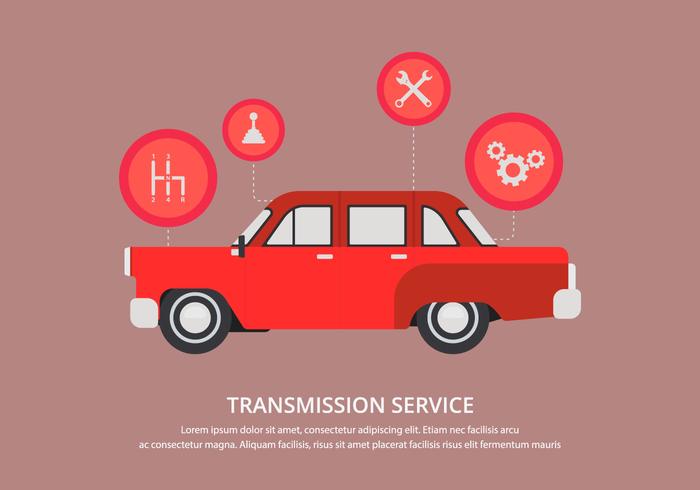Analyzing Your Auto'S Warning Indicators: What They Really Communicate
Analyzing Your Auto'S Warning Indicators: What They Really Communicate
Blog Article
Authored By-Sykes Winters
When you lag the wheel, those radiant caution lights on your control panel can be a bit bewildering. Do you know what they're attempting to tell you concerning your automobile's wellness? Understanding the importance of these lights is important for your safety and the longevity of your automobile. So, the next time among those lights turns up, would not you intend to analyze its message precisely and take the required steps to address it?
Common Caution Lighting and Interpretations
Recognize typical caution lights in your cars and truck and recognize their definitions to make certain secure driving.
One of the most common caution lights include the check engine light, which indicates problems with the engine or emissions system. If this light comes on, it's critical to have your lorry examined without delay.
The oil pressure warning light suggests low oil stress, calling for immediate attention to avoid engine damages.
A blinking battery light might suggest a defective billing system, possibly leaving you stranded otherwise attended to.
linked web site monitoring system (TPMS) light signals you to low tire stress, impacting lorry security and fuel efficiency. Neglecting this might result in harmful driving conditions.
https://www.consumerreports.org/car-repair-maintenance/how-to-inspect-car-belts-and-hoses-a3986860709/ shows an issue with the anti-lock stopping system, jeopardizing your ability to stop quickly in emergencies.
Lastly, the coolant temperature level cautioning light warns of engine getting too hot, which can lead to serious damage if not solved swiftly.
Understanding these typical warning lights will certainly help you attend to issues without delay and keep secure driving conditions.
Value of Prompt Interest
Recognizing the typical caution lights in your vehicle is just the primary step; the importance of quickly resolving these warnings can't be emphasized sufficient to guarantee your safety and security when traveling.
When a warning light illuminates on your dashboard, it's your vehicle's means of connecting a possible problem that requires attention. Ignoring these warnings can cause a lot more severe issues down the road, endangering your safety and security and potentially costing you much more out of commission.
Prompt attention to advising lights can protect against malfunctions and accidents. For example, a blinking check engine light might show a misfire that, if left unattended, might create damage to the catalytic converter. Resolving this quickly can save you from a pricey repair work.
Likewise, a brake system warning light could signal low brake fluid or worn brake pads, vital components for your safety and security when driving.
DIY Troubleshooting Tips
If you observe a warning light on your control panel, there are a couple of DIY fixing pointers you can attempt prior to looking for professional help.
The very first step is to consult your vehicle's manual to understand what the particular warning light suggests. In some cases the issue can be as basic as a loosened gas cap activating the check engine light. Tightening up the gas cap may deal with the trouble.
Another usual issue is a reduced battery, which can set off different advising lights. Inspecting the battery connections for corrosion and guaranteeing they're safe may fix the trouble.
If a warning light lingers, you can try resetting it by separating the automobile's battery for a couple of mins and after that reconnecting it. In addition, examining your automobile's fluid levels, such as oil, coolant, and brake liquid, can help repair warning lights related to these systems.
Verdict
Finally, recognizing your vehicle's caution lights is vital for keeping your lorry running efficiently and safely. By without delay attending to these informs and recognizing what they indicate, you can stay clear of costly fixings and prospective breakdowns.
Remember to consult your cars and truck's guidebook for particular information on each alerting light and do something about it accordingly to make sure a trouble-free driving experience.
Keep notified, stay safe when driving!
